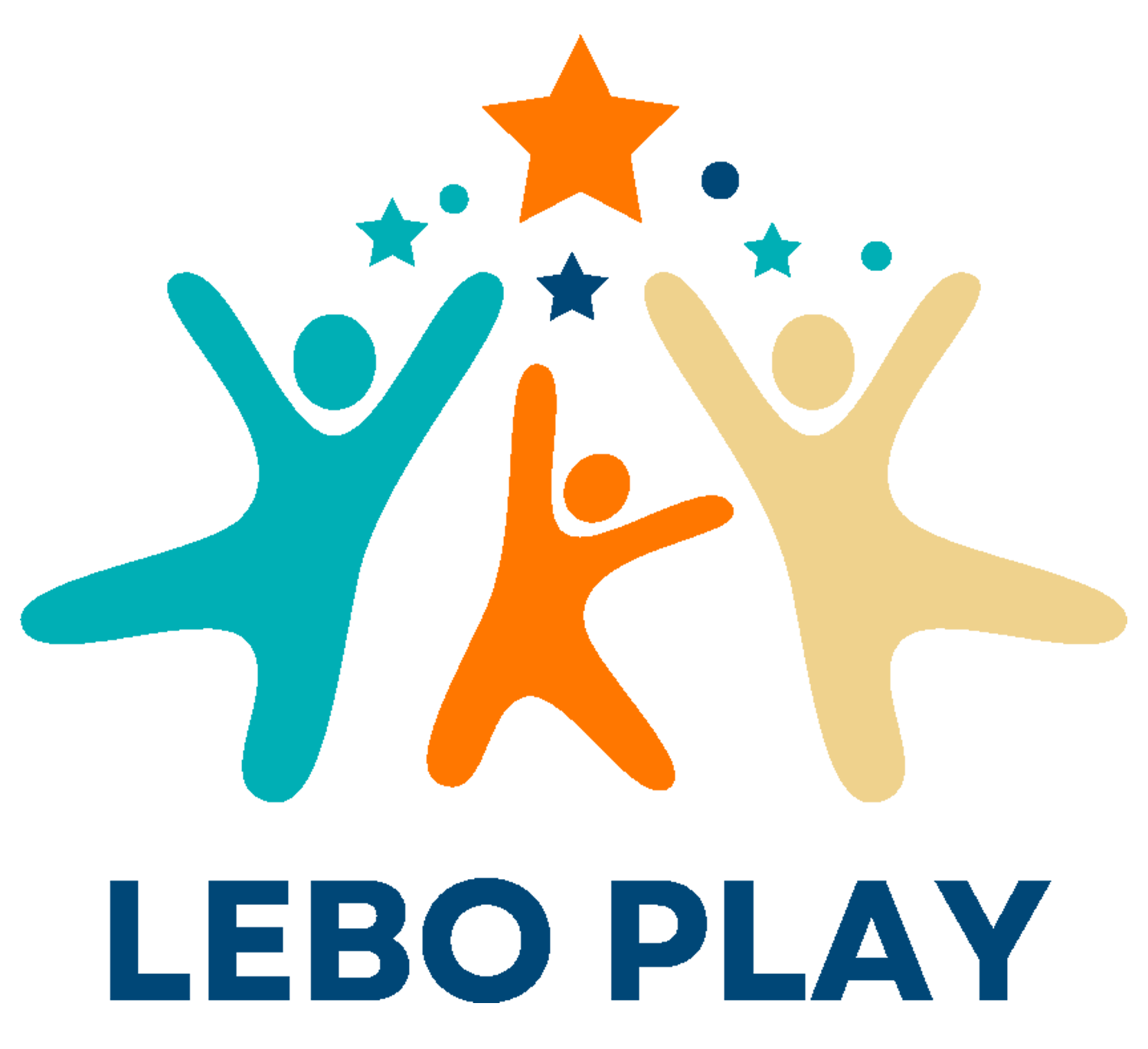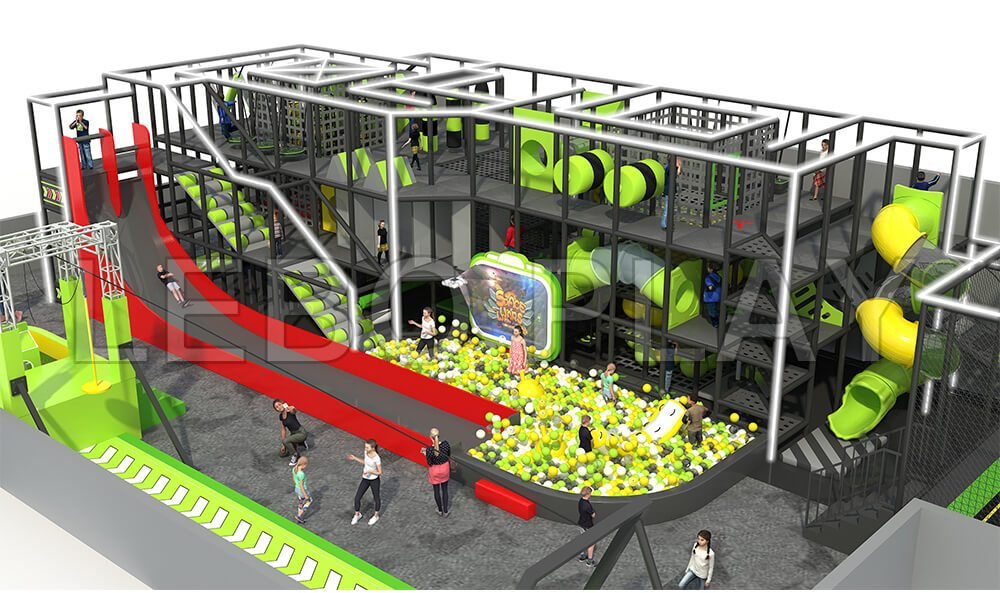Starting an indoor playground business can be a highly profitable venture, but it’s also requires careful planning, strategic decision-making, and a deep understanding of the needs of modern families. With the growing demand for safe, engaging spaces where children can play and parents can relax, it’s no wonder more entrepreneurs are eyeing this industry. But how do you ensure your indoor playground business stands out, operates efficiently, and stays profitable? Let’s dive into the steps and strategies you need to get started on the right foot.
To start an indoor playground business, you’ll need to conduct market research, create a business plan, choose a location, design a safe layout, budget for costs, secure permits, hire staff, and develop a marketing strategy. Success in this industry relies on consistent focus on cleanliness, safety, and gathering customer feedback to make continual improvements.
What is an Indoor Playground?
Indoor playgrounds are recreational facilities designed specifically for children to play in a safe, weatherproof environment. These playgrounds typically include soft play structures, trampolines, slides, ball pits, climbing walls, and sometimes even interactive games or themed areas. Indoor playgrounds are popular among families because they provide a controlled, engaging environment where children can have fun, exercise, and socialize.
Why Are Indoor Playgrounds a Growing Industry?
Indoor playgrounds are part of the Family Entertainment Center (FEC) industry, which has grown rapidly in recent years. In fact, the FEC market is expected to grow from approximately $28.85 billion in 2024 to about $60.9 billion by 2031, at a compound annual growth rate (CAGR) of 9.79%. The growth is driven by several factors, including rising urbanization, higher disposable incomes, and parents’ preference for safe, clean, and interactive play spaces for their children. Indoor playgrounds are also more resilient to seasonality because they’re unaffected by bad weather or extreme temperatures, making them a year-round destination for families.
Indoor Playground Market Potential and Trends in 2024
The global indoor playground market is expected to reach approximately $53.56 billion by 2028, growing at a compound annual growth rate (CAGR) of 11.5% from 2021 to 2028. This growth reflects the growing demand for safe recreational spaces for children, especially in urban areas where outdoor play options are limited. Key trends driving this growth include:
- Increased Demand for Safe Environments: Many parents now prioritize safe indoor play spaces over outdoor playgrounds due to concerns about weather, safety, and cleanliness. This trend is driving the growth of indoor playgrounds and family entertainment centers that provide a safe environment.
- Digital Integration: The incorporation of interactive screens, augmented reality (AR), and virtual reality (VR) is becoming more common in indoor playgrounds. These technologies enhance children’s play experiences by promoting physical activity and cognitive engagement. The market for AR and VR in educational settings, including playgrounds, is expected to grow significantly, indicating a shift toward more technologically advanced play environments.
- Focus on Health and Fitness: With growing concerns about childhood obesity, indoor playgrounds are incorporating more fitness-oriented attractions, such as climbing walls and ninja courses, to promote physical activity.
- Inclusive Play Spaces: There is a growing emphasis on creating inclusive indoor playground that cater to children with special needs. This trend not only extends the customer base but also aligns with social inclusion movement.
- Themed Play Areas: Customized themes based on popular culture, movies, or educational content are becoming increasingly popular. These themed indoor playground can significantly increase visitor engagement and generate higher revenue, with some themed playgrounds generating 40% more revenue than non-themed counterparts.
Family-Centric Amenities: Indoor playgrounds are increasingly offering facilities for parents, such as comfortable seating, Wi-Fi, and even food and beverage services, making these venues ideal for family outings.

North America currently holds the largest market share, thanks to matual family entertainment centers (FECs) and a strong consumer base seeking indoor entertainment activities. At the same time, Asia Pacific is expected to experience the fastest growth due to rising disposable incomes and urbanization, making it a key region for future investments in indoor playgrounds.
Is an Indoor Playground Business Profitable?
Yes, indoor playgrounds are indeed profitable. As more parents seeking safe indoor environments for their children, the demand for these play spaces continues to rise. The expected growth of the indoor playground industry highlights its profitability, with the market size is expected to reach $53.56 billion by 2028 at a CAGR of 11.5%.
Revenue for indoor playgrounds comes from a variety of streams, including:
Entrance Tickets: General admission fees provide a steady income stream.
Birthday Parties and Events: Many families host birthday parties at indoor playgrounds, which can be a lucrative service.
Food and Beverages: On-site cafes or snack bars add a convenient amenity for parents while increasing revenue.
Merchandise Sales: Selling branded items, toys, and other souvenirs can boost profitability.
By diversifying revenue streams and maintaining high standards of safety and cleanliness, indoor playgrounds can achieve sustainable profits and a loyal customer base.
The Ultimate Guide to Starting Your Own Indoor Playground Business
Step 1: Conducting Market Research
Understanding your target audience is crucial. Who is the targeted audience for your indoor playground? Smaller toddlers or kids who love new challenges? The target audience of your indoor playground also determines the type of indoor playground equipment and indoor layout you need to buy.
You can identify your unique market positioning by researching your local demographics, competitor offerings, and trends. Consider conducting surveys or focus groups to gather insights into what local families look for in an indoor playground.
Step 2: Crafting a Business Plan
A solid business plan will set you up for success. Outline your vision, mission, and unique selling points. Include detailed financial projections, including startup costs, ongoing expenses, and expected revenue streams. Plan your staffing needs, daily operations, and exit strategy in case you decide to expand or sell in the future. You can refer to more details to create an indoor playground business plan here: https://leboplaycn.com/a-comprehensive-guide-to-indoor-playground-business-plan/
Step 3: Choosing the Right Location
The right location can make or break your indoor playground. Look for areas with high foot traffic, easy access to transportation, ample parking, and good visibility. You’ll also need a space large enough to accommodate multiple play zones, seating areas, and party rooms. While leasing a space has lower upfront costs, buying may offer more flexibility in the long run.
Step 4: Designing Your Indoor Playground
Design is key to creating a safe, enjoyable experience for children. Make sure your layout meets safety standards like ASTM, EN71, and EN1176. Choose age-appropriate equipment for your park, such as soft play structures, trampolines, and climbing walls, and consider incorporating a theme, like jungle or space, to create a cohesive, immersive experience. Themed environments not only captivate children but can also set your business apart from competitors.
Step 5: Estimating Startup Costs and Securing Financing
Typically, the initial investment for opening an indoor playground business ranges from $10,000 to over $500,000. This depends on many factors, including your site costs, indoor playground equipment costs, transportation costs, installation costs, insurance costs, operating costs, and labor costs. You can refer to our budget list for specific figures: https://leboplaycn.com/how-much-does-it-cost-to-start-an-indoor-playground/
Step 6: Obtaining Permits and Licenses
Compliance with local regulations is non-negotiable. You’ll need business licenses, health permits, and safety inspections. Additionally, consider insurance policies like liability, property, and worker’s compensation to protect both your business and your employees. For more details, you can refer to this post: https://leboplaycn.com/what-licenses-do-i-need-to-start-an-indoor-playground-business/

Step 7: Hiring and Training Staff
Your employees will be the face of your business, so hire friendly, responsible staff who are trained to work with children. Provide thorough training in safety protocols, customer service, and emergency response procedures.
Step 8: Developing a Marketing Strategy
Building a strong brand is essential to attracting families to your indoor playground. Create a memorable name, logo, and brand identity. Use digital marketing strategies like social media and local SEO, to reach your audience. Partnering with local schools and community centers, and offering promotions and events, can also boost visibility and attract families.
Step 9: Preparing for Launch Day
Before opening, conduct a trial operation to test your operations and make any necessary adjustments. Ensure all equipment is functioning properly, staff is trained, and schedules are finalized. A grand opening event with special discounts or entertainment can create buzz and draw initial customers.
Step 10: Managing Day-to-Day Operations
To keep customers coming back, prioritize cleanliness, safety, and customer satisfaction. Regularly gather feedback and make improvements to enhance the experience. Keep a close eye on financial metrics, including revenue, foot traffic, and operational costs, to ensure the business remains profitable.
Conclusion
Starting an indoor playground business is a rewarding venture with strong growth potential. By focusing on safety, customer experience, and efficient operations, you can create a thriving play center that appeals to both children and parents. Don’t hesitate to reach out to industry experts or suppliers like Lebo Play for guidance on equipment and design tailored to your business vision.
As your business grows, consider adding new attractions, hosting private events, or even expanding to new locations. Success in this industry requires adaptability, a commitment to high standards, and a genuine passion for providing a fun, welcoming environment for families. Ready to take the first step? Contact us today to start your journey in the indoor playground industry!


